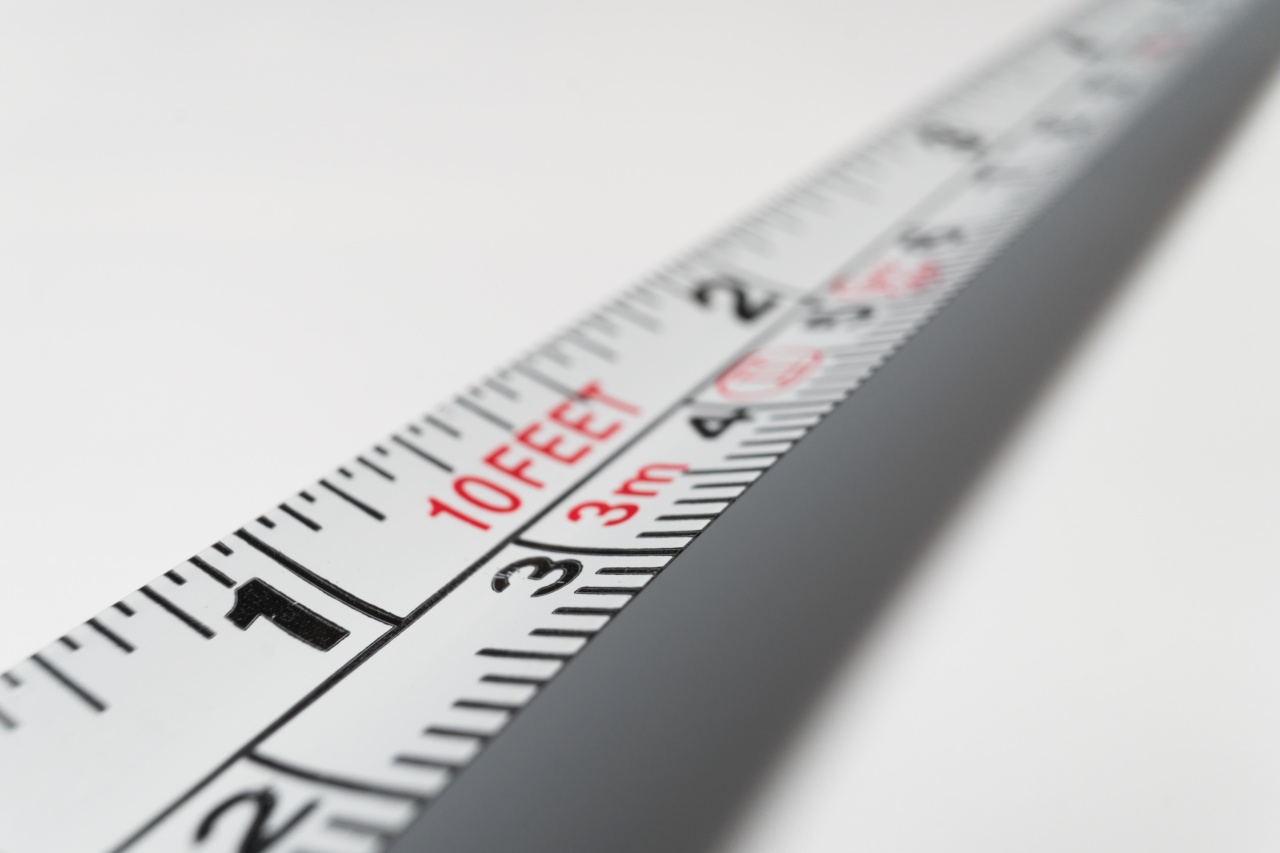Diabetes is a condition that affects millions of people worldwide, and it is associated with a wide range of health problems, one of which is slow wound healing.
Diabetic foot wounds are particularly problematic because they can take a long time to heal and are prone to infection, which can result in more serious complications. In this article, we will explore why diabetic foot wounds take so long to heal and what you can do to speed up the healing process.
What Causes Diabetic Foot Wounds?
Diabetic foot wounds are a result of damage to the nerves and blood vessels in the feet caused by high blood sugar levels. People with diabetes are at risk of developing a variety of foot problems, including blisters, calluses, ulcers, and infections.
These foot problems can be exacerbated by poor circulation, which makes it difficult for the body to deliver oxygen and nutrients to the affected area. In addition, diabetes can lead to weakened immune function, making it more difficult for the body to fight off infections.
Why Do Diabetic Foot Wounds Take So Long to Heal?
There are several reasons why diabetic foot wounds take longer to heal than wounds in people without diabetes. One reason is poor circulation.
As mentioned earlier, people with diabetes often have poor circulation, which means that it takes longer for the body to deliver the oxygen and nutrients necessary for the healing process. Additionally, high blood sugar levels can impair the immune system, making it more difficult for the body to fight off infections.
Another reason why diabetic foot wounds take longer to heal is that they are often located in areas of high pressure, such as the sole of the foot.
This can slow down the healing process because pressure can impede blood flow to the affected area and make it more difficult for the body to deliver the necessary nutrients and oxygen. In addition, many people with diabetes also have neuropathy – a condition that damages the nerves in the feet – which can make it challenging to sense when there is pressure or damage to the foot.
Diabetic foot wounds are also more prone to infection because high blood sugar levels can impair the immune system’s ability to fight off bacteria and viruses.
Infection can slow down the healing process, and in severe cases, it may lead to amputation if the infection spreads to the bone or surrounding tissue.
What Can You Do to Speed Up the Healing Process?
If you have a diabetic foot wound, it is essential to take steps to speed up the healing process. Here are a few things you can do:.
1. Keep the Wound Clean and Protected
It is critical to keep the wound clean and protected to prevent infection. Wash the wound with soap and warm water and cover it with a sterile bandage. Change the bandage regularly and keep the foot dry.
2. Control Your Blood Sugar Level
Your blood sugar level plays a significant role in the healing process. High blood sugar levels can lead to poor circulation and reduce the body’s ability to fight off infections.
Work with your healthcare provider to develop a plan to keep your blood sugar level under control.
3. Elevate Your Feet
Elevating your feet can help improve circulation and reduce swelling, which can speed up the healing process. Try to keep your feet elevated whenever possible.
4. Wear Proper Footwear
Wearing the right shoes is essential for people with diabetes. Choose shoes that are comfortable, well-fitting, and provide adequate support. Avoid high heels and shoes that are too tight.
5. See Your Healthcare Provider
If you have a diabetic foot wound, it is crucial to see your healthcare provider regularly. They can monitor the wound’s progress and provide treatment as needed.
In some cases, your healthcare provider may recommend surgery or other procedures to promote healing.
Conclusion
Diabetic foot wounds can take a long time to heal and are prone to infection. People with diabetes need to take extra steps to promote healing and prevent complications.
By following the tips outlined above and working with your healthcare provider, you can increase your chances of a speedy recovery.































